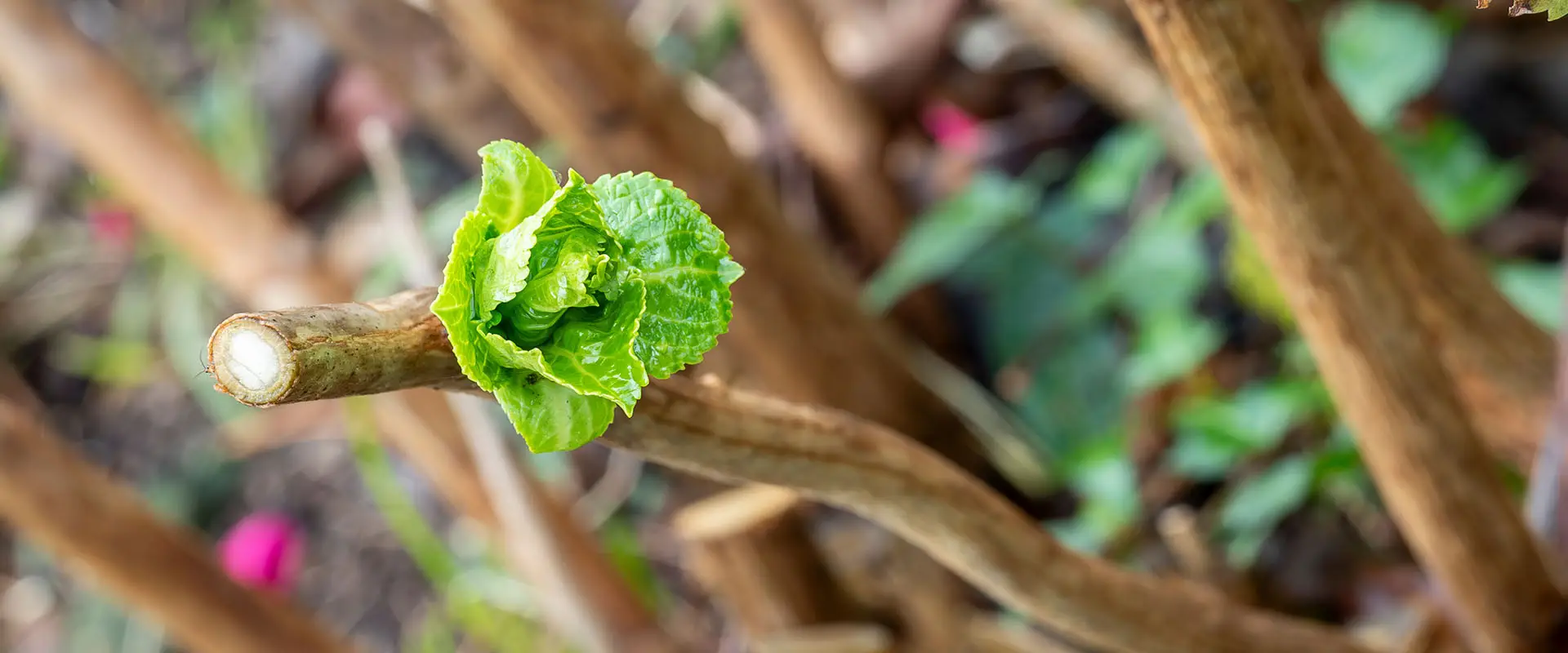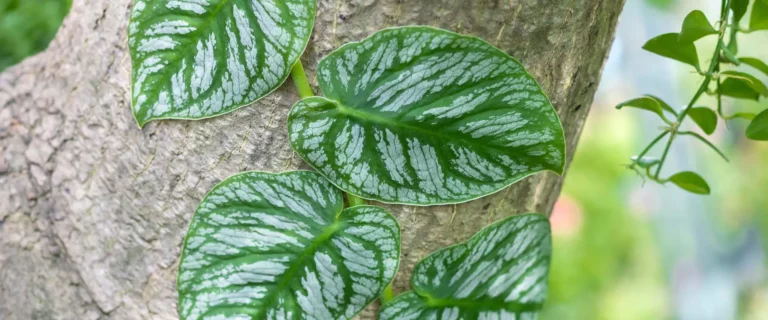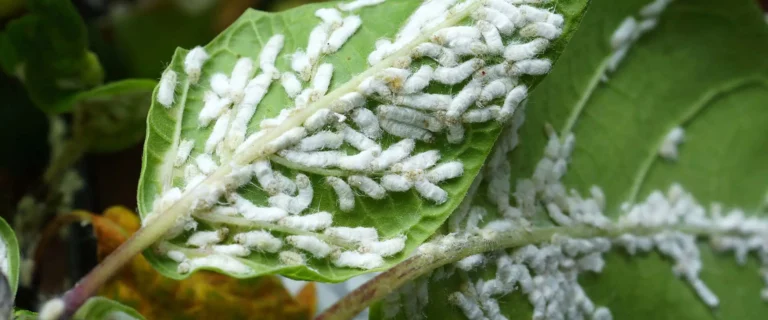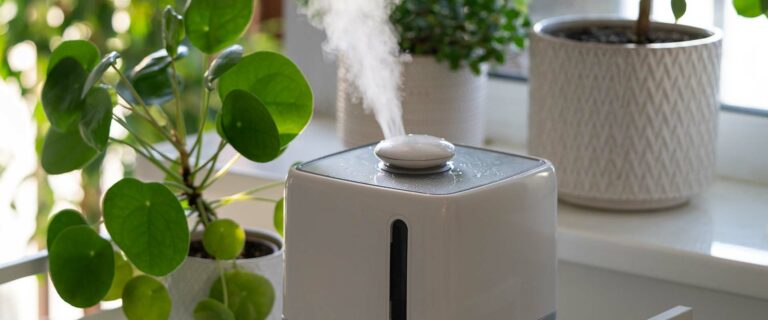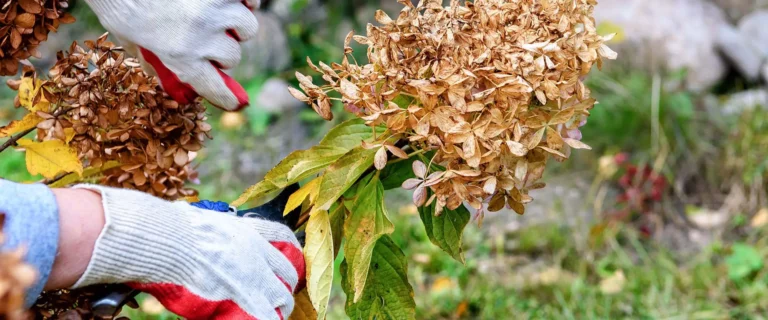Every year in the spring we start getting tons of inquiries regarding everyone’s favorite hydrangea, the hydrangea macrophylla, also known as mophead hydrangeas or big leaf hydrangeas. And most of those questions and inquiries are about pruning this specific type of hydrangea, because everybody loves to prune their mophead hydrangeas.
Sean, our horticulture guru here at The Gardener’s Center, says, “Stop! Back away from your pruners!”
When he gets these questions, Sean’s eager to convince gardeners to leave their mophead hydrangeas alone, for the most part.
Why Are So Many People Looking to Prune Their Mophead Hydrangeas?
Most people are cutting their hydrangeas regularly because of poor planting or because their plants are poorly sited in the landscape. What does that mean? Well, a well-established, mature mophead hydrangea isn’t crowding its neighbors, it’s not growing into the house, it’s not spilling into the lawn, and it’s not blocking a walkway. It’s sited perfectly and living its best life here with plenty of elbow room to do its thing.
So if you find yourself constantly having to trim back or cut your mophead hydrangeas, Sean wants you to, well, dig it up.
Why Should You Dig Up Your Mophead?
Not just dig it up, but move it somewhere else where it has plenty of space to grow and be gorgeous. Also, there are plenty of mophead hydrangeas available now that will grow in half the time. So you should be able to find the right one for the right spot.
And springtime is the time to move them. In fact, the first half of April is perfect timing.
What These Hydrangeas Do in the Wintertime
Besides cutting them back is because they get too big in their space, people may be pruning their hydrangeas because they don’t like the way these plants look in the wintertime.
According to Sean, these plants do a bit of a funny thing in the wintertime. In the fall, other deciduous plants have leaves that turn a pretty color in the fall and fall off. When we have a freeze or a frost, the leaves of these hydrangeas have a tendency to turn into a black mush and then cling to the plant. Now imagine if this plant is in a visible spot such as in the front of the house… People might run right out and say, “I don’t want to look at this all winter,” and they cut them down to the ground.
And not just homeowners, a lot of landscapers and grounds maintenance companies also love to cut these types of hydrangeas back in the fall as part of their fall cleanup regimen. So if your landscapers are cutting your hydrangeas back, tell them to stay away from them in the future. Because we want to leave these hydrangeas be and with minimal pruning at most.
The Hydrangea That Changed Everything
Twenty years ago, Bailey Nurseries in Minnesota introduced the Endless Summer hydrangea. And the Endless Summer hydrangea was the first hydrangea to bloom on old and new growth. So that’s very important to remember when we’re talking about mopheads. That means that if you have hydrangeas in your landscape that were planted more than 20 years ago, they’re most likely Neko Blues; that was the industry standard hydrangea before the end of the 19th century up to the Endless Summer boom.
So if you have “old-school” mophead hydrangeas, they bloom on old growth or old wood, meaning your current year’s flowers are going to bloom on the previous season’s growth. If anything happens to these stems in the fall, winter, or spring, your flowers are not going to be present in the summertime. You’re going to get stems, you’re going to get leaves, but no flowers. And that was an issue forever with hydrangeas. They’ve always been a popular plant, but before 2004, people in Northern New England and the upper parts of the Midwest could have hydrangeas, but they couldn’t have hydrangea flowers. The roots of the hydrangea macrophylla are perfectly hardy below zero. But the top growth, the stems, are only hardy to about 5 or 10 degrees above zero. So if these are pruned back in the fall, if they’re destroyed by cold temperatures in the winter, no flowers. Bailey Nurseries changed the hydrangea world in 2004 when they introduced the Endless Summer hydrangea.
And if you were a young plant geek like Sean back in 2004, that was an earth-changing moment. Because now, a big part of the United States that couldn’t grow hydrangeas before now could grow hydrangeas! Endless Summer hydrangea (probably one of the best-named plants of all time), started it all.
But People Started Getting Confused
But it also has created some confusion… The Endless Summer hydrangea and other re-blooming types that have come along since then, including many that Proven Winners has, caused a bit of a confusion because these re-blooming types bloom on old and new growth. The thought was that you could simply cut your Endless Summer hydrangeas down to the ground every year and they’re still going to bloom.
And this is true, but it’s a bad idea and here’s why.
If you cut your reblooming hydrangeas down to the ground or really short, it’s going to take a long time for those stems to regrow and start blooming. So you’re still going to get flowers, but the length of your bloom season is going to be reduced drastically because the plant’s going to have to spend a lot of time making stems and reaching its flowering height. So even if you have the “modern” hydrangeas like Endless Summer, you want to leave them be. Sean says you’re just going to be happier if you let them do their own thing.
Isn’t There Some Pruning to Do in the Spring?
Indeed there is, but you don’t want to do it too early. The first couple of weeks of April is a good time to do it and the plants are going to give you visual cues and clues.
Look for new robust growth at the base of the plant. And then you’ll see little buds opening along the stems making their way to the top; they usually leaf out from the bottom to the top. And usually by mid-April you’ll be able to go in and figure out which stems have died back from the winter temperatures. You can just go in and remove those
There’s another pruning you can do. These hydrangeas always make new stems from below ground; every year that’s going to happen. So if you ever want to go in and remove the oldest stems or thin-out stems to make the plants a little more open, you can do that as well, but you don’t want to cut them back to ground level. If that’s the battle you’re fighting, move the one that’s getting too big and replace it with a smaller-growing cultivar.
What Else Can You Do in Spring for Your Hydrangeas?
If you want to get out and play with your hydrangeas in the garden, there’s another question we get a lot… How can you make your hydrangeas a stronger blue? Well, there are two ways to make them bluer, but you don’t want to wait until June to do that.
First, the more acidic your soil is, the bluer or more purple shades you’re going to get. So if you want your mopheads to be bluer, you have to add acid. Espoma has soil acidifiers that you apply once or twice between now and bloom time at the end of June. Sean prefers this method. You may already have Espoma Holly Tone at home already because this is also used on azaleas, rhododendrons, things of that nature. Sean likes it because it’s also a fertilizer and contains soil algae, which we always want to be adding to the soil. You can use it every four to six weeks from right now until bloom time, making your hydrangeas more blue and feeding them at the same time.
The second way is to use a very popular soil acidifier that is aluminum sulfate. Sean wants to caution you about using it and doesn’t recommend that one as it could build up in the soil and potentially burn your hydrangeas over time.
So if you’re anxious to get out and play with your mophead hydrangeas, go ahead, but leave the clippers in the garage!
We are your Garden Gurus, here with all the information to help you know what to do… And what not to do. Tap into this valuable resource. We’re here for you!

